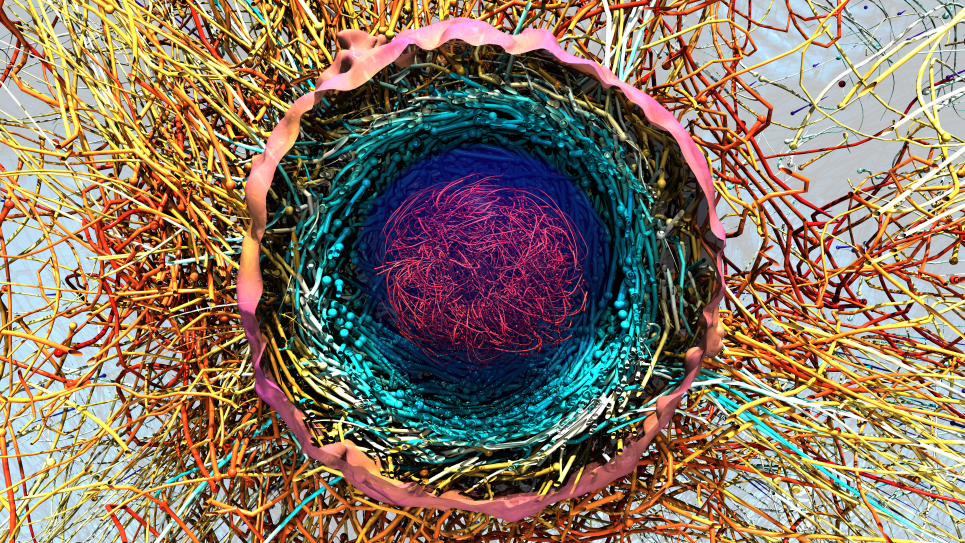
Next-Generation 3D Core-Collapse Supernova
With this new INCITE project, this team will conduct not only a full suite of 3D simulations for the spectrum of progenitor stars, but carry out these simulations for approximately five times the physical time possible with previous INCITE allocations all the way to the asymptotic state.
The supernova explosions of massive stars, the so-called core-collapse supernovae (CCSNe), have been theoretically studied for more than half a century and observationally studied even longer. What has emerged in the modern era of CCSN theory is that the structure of the progenitor star, turbulence, and symmetry-breaking in the core after bounce, and the details of the neutrino-matter interaction are all key and determinative of the outcome of a collapse.
With the recent availability of leadership-class high-performance computing platforms with petaflop (soon to be exaflop) capability, and with sophisticated codes such as Fornax, researchers are now able to perform multiple simulations per year in the full 3D of nature to definitively explore the mechanism of this central phenomenon in theoretical astrophysics. With this new INCITE project, this team will conduct not only a full suite of 3D simulations for the spectrum of progenitor stars, but carry out these simulations for approximately five times the physical time possible with previous INCITE allocations all the way to the asymptotic state. As a byproduct of this investigation, the researchers will generate libraries of supernova simulation data; neutrino, nucleosynthetic, and gravitational-wave signatures; and the systematics of supernova explosion energy, neutron star mass, pulsar kicks and spins, and debris morphologies with progenitor. Hence, this INCITE project has been constructed to build on the team’s recent palpable progress, capture this pivotal moment in theoretical astrophysics when codes and resources are aligning, and erect a standard model for core-collapse supernova explosions in the emerging era of the exascale.